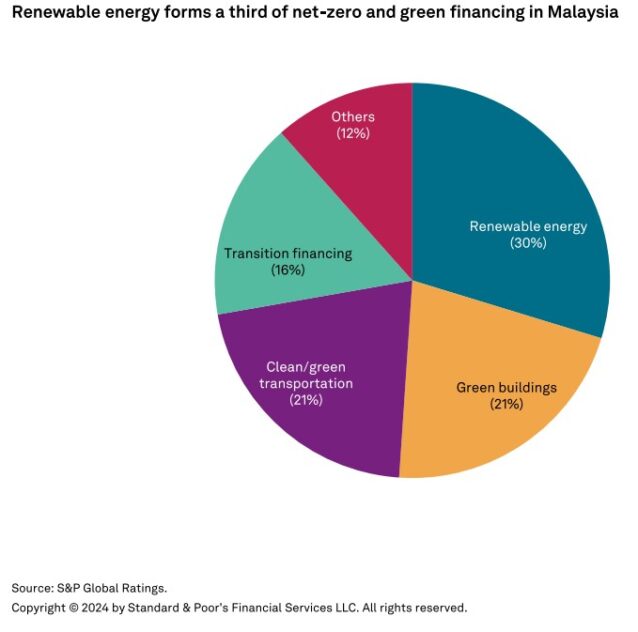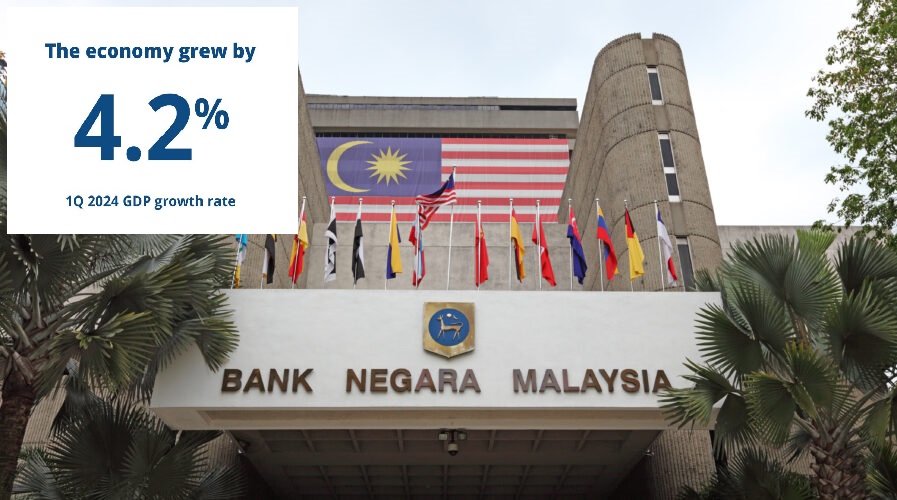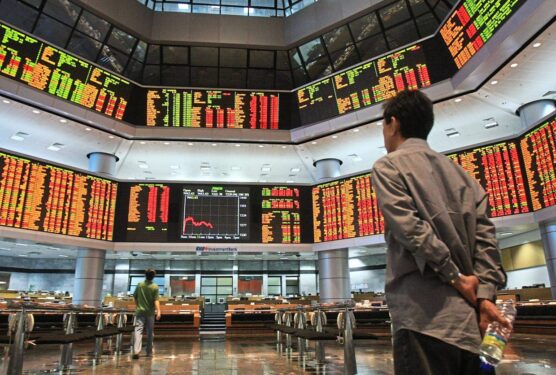WHILE Malaysia will remain the biggest Islamic banking market in Asia-Pacific with about two-thirds of the sector’s total assets of about US$400 bil, some large Islamic banks in the country could find it difficult to maintain their overall high growth if their retail deposit growth doesn’t keep pace.
As such, S&P Global Ratings reckoned that Islamic banks in the country will have to diversify into other funding sources such as investment accounts or rely on wholesale deposits which are generally more expensive.
For Malaysia, the Big Three international ratings agency has forecast a 9% financing growth in local currency terms for the next two to three years.
“This is slightly higher than the 8.5% achieved in 2023 and reflects our expectation that economic expansion will strengthen to about 4.5% over 2024 and 2025 compared with 3.7% for 2023,” credit analyst Nikita Anand pointed out in a report entitled Asia-Pacific is Ripe for Islamic Banking Development.
“Stable labour market conditions and a steady policy rate of 3% should continue to support financing demand in the country. Malaysia’s Islamic banks had a market share of about 41% of sector loans and financing as of end-2023. This figure is likely to exceed 45% by the end of 2026.”


More broadly, S&P Global Ratings expects the launch of new Islamic banks in Malaysia and other Asia-Pacific markets this year would improve access to financial services for under-served regions and segments such as small businesses.
Elsewhere, Indonesia is likely to be a growth hotspot given its significant untapped potential. Bangladesh also has potential but a liquidity shortage and weak external demand there are likely to weigh on financing growth over the next one to two years.
“We expect financing growth to remain favourable for Islamic banks in Asia-Pacific over the next few years thanks to stable economic conditions in the core Islamic banking markets of Malaysia and Indonesia,” envisages Anand in her report that does not constitute a rating action.
“Risks for Asia-Pacific Islamic banks are tilted toward the downside due to higher-for-longer rates and rising geopolitical tensions.
“Small businesses and low-income households are vulnerable to sustained higher costs of living and rates. In such a scenario, we would expect both financing demand and asset quality to falter. Banks’ ample capital and provisions provide a buffer against rising stress.” – May 9, 2024
Main image credit: Financial Times










